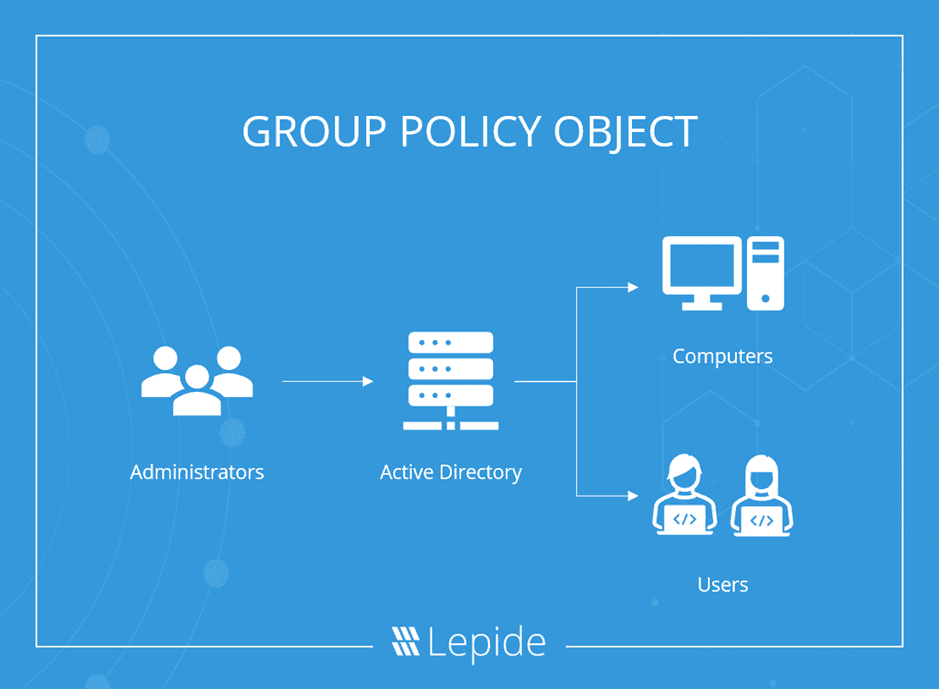| Previous | Next |
| ERROR_APPHELP_BLOCK | ERROR_REG_NAT_CONSUMPTION |
ERROR_ACCESS_DISABLED_BY_POLICY
What is Group Policy? Group Policy is a feature of Windows that facilitates a wide variety of advanced settings that network administrators can use to control the working environment of users and computer accounts in Active Directory. It essentially provides a centralized place for administrators to manage and configure operating systems, applications and users’ settings.
Group Policies, when used correctly, can enable you to increase the security of user’s computers and help defend against both insider threats and external attacks.
In this blog, we will go through a detailed explanation of what Group Policies and GPOs are, and how system administrators can use them to help prevent data breaches.
What is a Group Policy Object (GPO)?
A Group Policy Object (GPO) is a group of settings that are created using the Microsoft Management Console (MMC) Group Policy Editor. GPOs can be associated with a single or numerous Active Directory containers, including sites, domains, or organizational units (OUs). The MMC allows users to create GPOs that define registry-based policies, security options, software installation and much more.
Active Directory applies GPOs in the same, logical order; local policies, site policies, domain policies and OU policies.
Note: GPOs that are in nested OUs work from the OU closest to the root first and outwards from there.

Examples of GPOs
Group Policy Objects can be used in a number of ways that benefit security, many of which will be mentioned throughout this article. Below are a few more specific examples:
- A Group Policy Object could be used to determine the home page that a user sees when they launch their internet browser after logging onto the domain.
- Administrators can use GPOs to define which network connected printers appear on the list of available printers after a user in a specific Active Directory OU logs onto the domain.
- Admins can also use GPOs to tweak a number of security protocols and practices, such as restricting internet connection options, programs and even screen time.
How Are Group Policy Objects Processed?
The order at which GPOs are processed affects what settings are applied to the computer and user. The order that GPOs are processed is known as LSDOU, which stands for local, site, domain, organizational unit. The local computer policy is the first to be processed, followed by the site level to domain AD policies, then finally into organization units. If there happen to be conflicting policies in LSDOU, the last applied policies wins out.
Should You Use Group Policy?
The short answer is yes. If you want to ensure that your data and your core IT infrastructure is set up in a secure way, then you probably need to understand how to properly use Group Policy.
It might surprise you to learn that Windows straight out-of-the-box isn’t exactly secure. There are numerous gaps in security, most of which can be addressed using GPOs. Without plugging these gaps, you leave yourself exposed to a plethora of security threats.
GPOs, for example, can help you implement a policy of least privilege where your users only have the permissions they require to do their job. They can do this through disabling Local Administrator rights globally in your network and grant admin privileges to individuals or groups based on their roles.
Group Policies can be used in numerous ways to bolster security, including disabling outdated protocols, preventing users from making certain changes and more. Let’s take a look at some of the benefits of Group Policy.